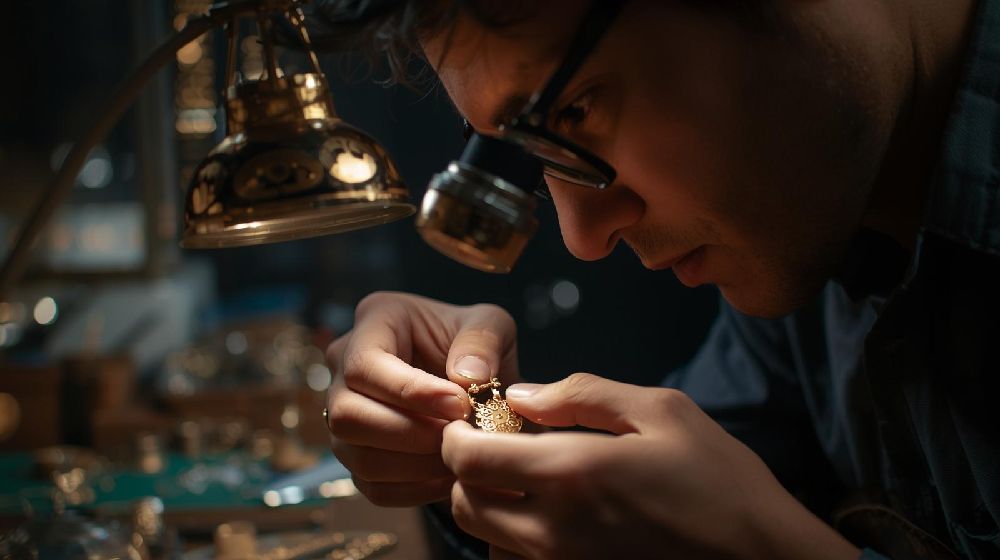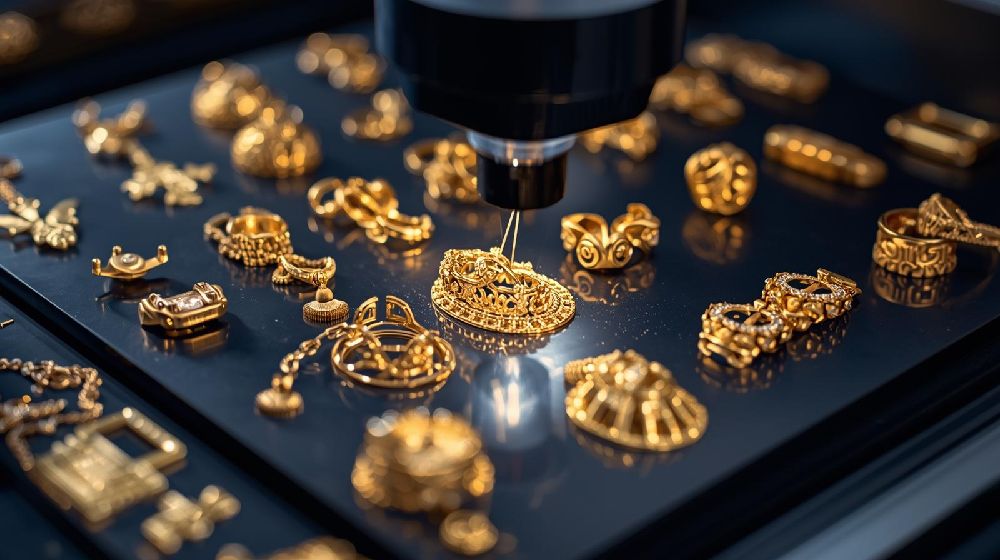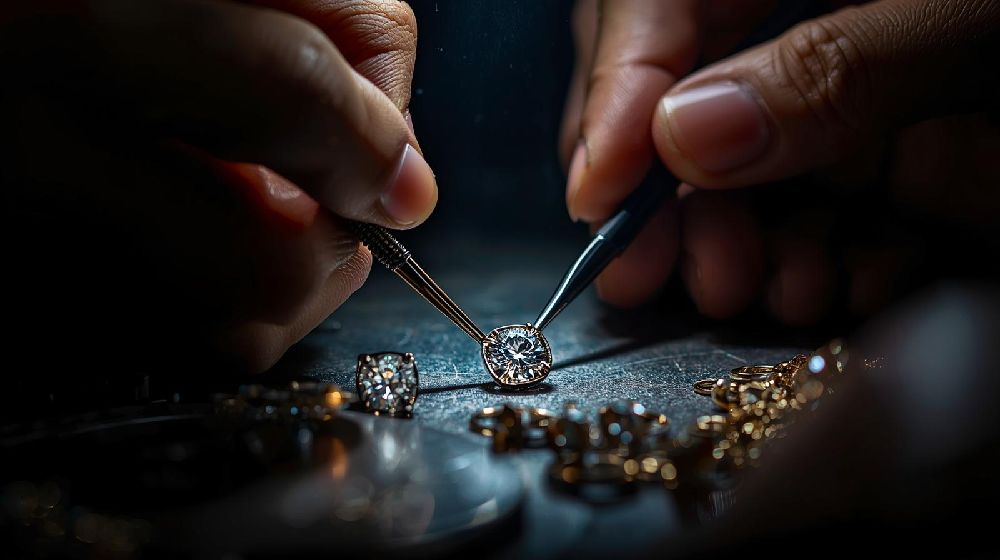The jewelry industry is witnessing a golden revolution — one driven not just by creativity, but by cutting-edge technology. What once began as a purely handcrafted art form has now evolved into a fusion of tradition and innovation. Today, technology isn’t replacing craftsmanship; it’s refining it — bringing precision, efficiency, and limitless design possibilities to the world of fine jewelry.
For Vishal Choksi, jewelry production has always been about blending the soul of artistry with the brilliance of modern science. From the first sketch to the final polish, technology has become the invisible artisan shaping every masterpiece.
The Digital Blueprint: Where Creativity Begins
Every great piece of jewelry starts with an idea — a spark of imagination. But instead of paper sketches, today’s designers use advanced CAD (Computer-Aided Design) software to bring their visions to life.
This technology allows artisans to visualize designs in 3D, experiment with intricate detailing, and perfect every angle before production begins. It eliminates guesswork, reduces material waste, and opens new possibilities for complexity and precision that were once unimaginable.
The result? Designs that are flawless in imagination and perfect in execution.
Precision Through CNC and Laser Welding
The heart of modern jewelry production lies in its machinery. CNC (Computer Numerical Control) technology ensures accuracy down to the smallest micron, creating cuts, engravings, and patterns that are mathematically perfect.
Meanwhile, laser welding replaces traditional soldering — offering a cleaner, stronger, and more seamless finish. The precision of these tools ensures that every piece of jewelry not only looks exquisite but also endures through time.
According to Vishal Choksi, “Technology gives craftsmanship a sharper edge — it allows creativity to be measured, shaped, and perfected.”
3D Printing: The New Frontier
Another groundbreaking innovation reshaping the industry is 3D printing. It enables manufacturers to create prototypes rapidly, test designs, and produce customized pieces faster than ever before.
This technology bridges imagination and reality, giving artisans and clients alike a chance to see and feel the jewelry before it’s cast in gold.
Customization, once a challenge, is now an effortless part of production — making each piece as unique as the person who wears it.
Quality Beyond Comparison
Technology has also enhanced quality assurance. Microscopic inspections, digital weight calibration, and laser hallmarking ensure that every piece meets the highest global standards.
From material selection to final polish, every step is tracked and optimized for perfection.
This precision-driven process reflects Vishal Choksi’s core belief — that quality isn’t just inspected; it’s engineered.
Conclusion: The Fusion of Art and Innovation
Jewelry production has evolved from handcrafting beauty to engineering brilliance. Today, technology empowers artisans to create designs that honor tradition while embracing the future.
Under the leadership of Vishal Choksi, this harmony between innovation and artistry continues to define the new era of jewelry manufacturing — one where gold is not just shaped, but intelligently crafted.
Because in the modern jewelry world, every detail is digital, every shine is scientific, and every creation is timeless.





.jpg)



